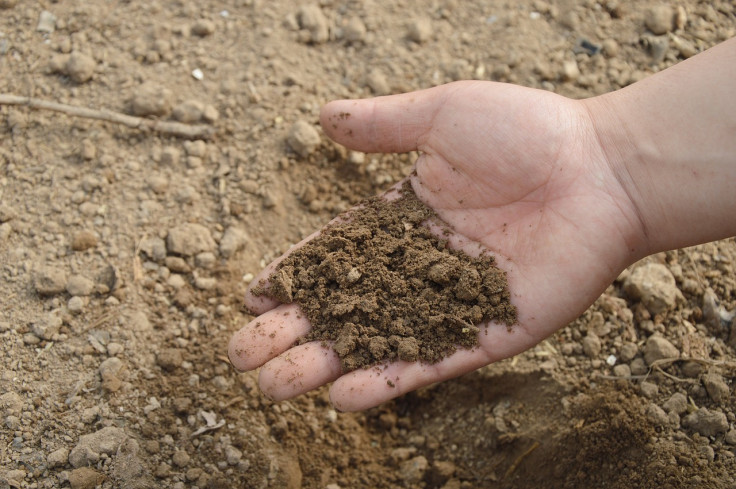Scientists turn to dirt for help in fight against antibiotic-resistant bacteria
An exotic compound made up of two antibiotics produced by a soil organism was discovered and found to be resilient against antibiotic resistance.
Antibiotic-resistant bacteria have become a growing problem for medical practitioners as these rendered already existing medications ineffective in treating diseases. Thus, researchers continuously try to find ways and means to fight these superbugs. Recent research has led them to find some help in the most unlikely places - the dirt.
A team of researchers from the Vanderbilt Laboratory for Biosynthetic Studies, led by Brian Bachmann, has discovered a natural compound that was found to be resilient against antibiotic resistance. The study of Bachman was posted in the Journal of the American Chemical Society, titled, "A bifunctional nitrone conjugated secondary metabolite targeting the ribosome."
A news release by Vanderbilt University revealed that one of Bachman's team, a former graduate student Emilianne Limbrick, discovered an exotic compound made up of two antibiotics that were being produced by Micromonospora, a soil organism. Previously, there have been many successful antibiotics that were discovered from soil microbes. Normally though, this would just identify a single antibiotic that would target a single bacteria.
The recent antibiotic discovered from the soil inhibits two different bacterial targets. This would mean that the antibiotic having two bacterial targets would be more potent. Scientists noted that it is a remote possibility for bacteria to develop resistance against the functionalities of two antibiotics. This gave the researchers a silver lining in their quest to fight superbugs.
Bachman said that the molecule gives them a new blueprint in making a drug that would have the capability of treating multiple life-threatening illnesses and drug-resistant bacterial infections, yet it would have an effective way of circumventing drug-resistance.
This is not the first time that scientists turned to the soil to unearth more antibiotics. Previously, Kim Lewis, a microbiologist, and professor at Northeastern University found an effective way to domesticate wild microbes. They discovered a compound called teixobactin, which came from a grassy area in Maine. It was touted as the first novel antibiotic discovered in nearly three decades.
Another team, led by Sean Brady, a chemical biologist at the Rockefeller University in New York, announced a few years later after Lewis' discovery that they have found malacidins from soil samples. Malacidins refers to a class of compounds that could kill bad resistant bacteria as well.
Despite the great promise, more studies on these compounds are still underway. Pharmaceutical companies still need to submit it first to the Food and Drug Administration (FDA) for approval before they can begin human testing, and eventually make it available as a treatment for diseases.
© Copyright IBTimes 2025. All rights reserved.






















